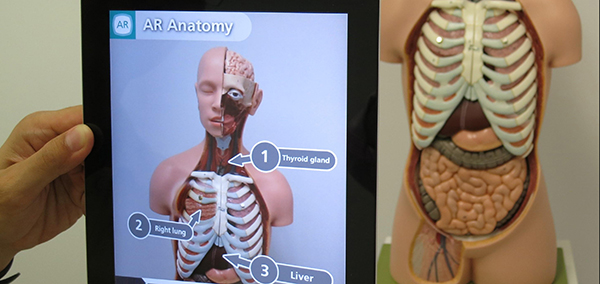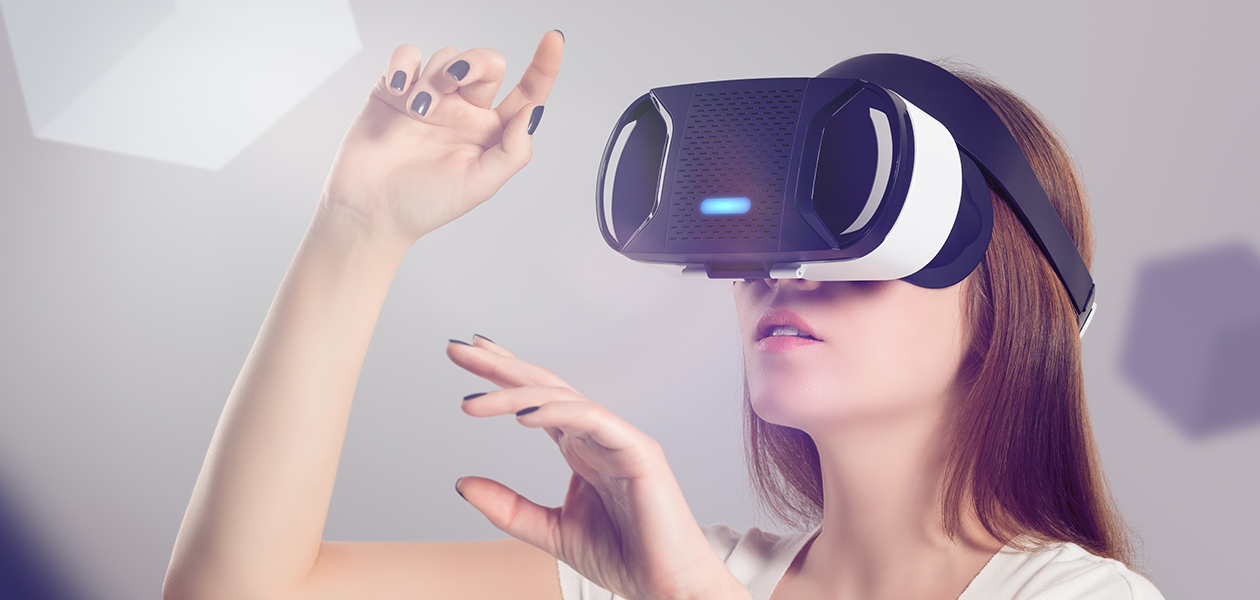Exciting applications of VR/AR
Check out these three virtual and augmented reality TechOffers that could soon be in our workplaces and homes.
One of the first head-mounted displays to be made—named the Sword of Damocles—was a daunting contraption; the display hung in mid-air, suspended by a mechanical arm connected to the ceiling. Users had to be strapped into an uncomfortable device, and the computer-generated graphics only showed primitive wireframe objects. Not surprisingly, the Sword of Damocles never really took off.
These days, VR headsets have become more portable and comfortable; the graphics are also far superior. But for all the technological advancements in the last half century, VR has yet to become a mainstream success. Only an estimated 180,000 units of the industry-leading Oculus Quest were sold in the third quarter of 2019, compared to 78.2 million smartphones shipped by Samsung alone.
Although consumers have not wholeheartedly embraced VR, the technology is actually considered mature in industrial and enterprise settings. Along with its cousin, augmented reality (AR), VR is already helping companies to save costs and improve productivity. Check out how these three TechOffers can help everything from job training to chronic pain management.

Training on the job, in VR
One of the first industries to see the potential of VR for training were the airlines. Flight simulators, for instance, allow trainee pilots to develop their skills without the consequences of failure—something that even other less risky industries could also benefit from.
To tap into this market, a VR and simulation studio has developed highly engaging training and operational platforms to enhance work productivity. Combining artificial intelligence and technologies used in the gaming industry, the studio has designed virtual environments that can replicate different work scenarios. With features like voice activation, eye tracking and gesture controls, the studio aims to help clients retain a competitive edge in their respective markets.
Currently, the studio provides specific products for companies in the manufacturing and emergency services sectors. For instance, the studio’s Computer Operated Police Simulator (COPS) helps train members of the police force by replicating dangerous situations or specific incidents in 3D, all within a life-sized environment. Organisations like Rolls-Royce, the UK Police Forces and Northern Rail have all worked with the studio.

AR for anyone
While a full VR simulation with 3D environments may provide the best immersive experience, it remains impractical outside a studio, with limited use in most workplaces. AR has the potential to bridge this gap by overlaying the physical world with digital content.
To help businesses develop AR solutions tailored their needs, a company is offering customisable AR technology. Not only does the technology help boost interactivity, it has also managed to improve efficiency, convenience and cost-savings. Some examples of its applications include marketing of assets, customer engagement, predictive maintenance and operational training.
Through customisation, the company aims to offer the best technology in terms of complexity, detail and interaction. Industries ranging from entertainment and tourism to manufacturing can all exploit AR. A global forecast on the AR market by ReportLinker this year has predicted a CAGR of 46.6% from 2020 to 2024, making the market a tremendous area of growth to watch for.

A virtually pain-free life
Beyond its potential in the workplace, VR and AR could also make a profound impact in our homes. One particularly exciting use of VR and AR is in the context of managing chronic pain, which affects between 42 to 90.8% of Asia’s elderly population.
Developed with the aim of helping patients manage chronic pain, this VR innovation uses visual cues to simulate pain-free movement, and has been shown to shift the onset of pain. The technology is based on a rehabilitation method called mirror therapy, which uses a mirror image to provide relief for patients suffering from persistent pain.
The system can use smartphones as the VR display, overcoming a common barrier to entry for the technology. Moreover, the therapy is easily applied and can be adapted for different parts of the body, such as the back, neck and spine. Pain clinics or rehabilitation centres can adopt this VR-based therapy, which may prove to be a useful tool for both physiotherapists and occupational therapists.

